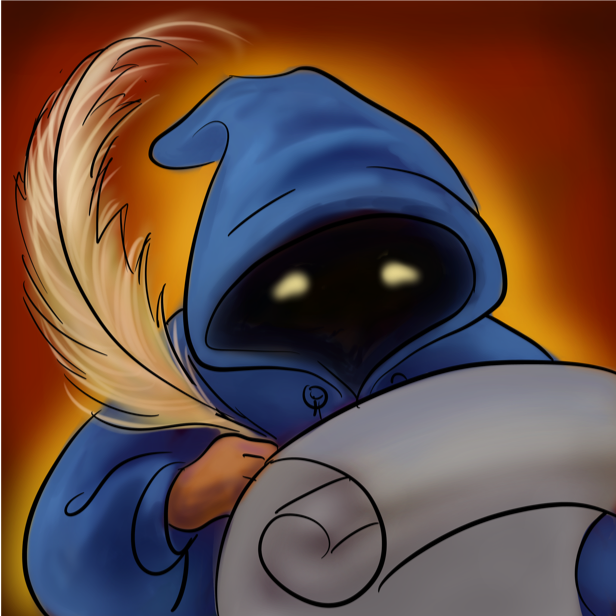JSON format
Here’s a description of the JSON format used in our text_adventure_game in the to_json and from_json functions that are used to load and save games.
Game class
{
"player": The name of the player character,
"start_at": The name of the starting location for th player,
"game_history": a list of all the player's commands and the game's outputs,
"game_over": a boolean that indicates whether the game is over
"game_over_description": a string that describes the end of the game,
"characters": a list of all the characters in the game, including the player characer and non-player characters. Characters are represented with their own JSON data structure,
"locations": a list of all of the locations in the game. Locations are represented with their own JSON data structure,
"actions": a list of the names of special actions that specific to this game.
}
Character class
Characters are defined by a JSON dictionary with the following keys and values:
{
"name": the name of the character (assumed to be unique),
"description": a 1-2 sentence physical description of the character.
"persona": a 1-2 sentence description of the character's persona, written in the first person,
"location": the name of the game location where the character currently is located,
"inventory": a dictionary of items in the character's inventory. The keys are the name of the item, the values are an item JSON,
"properties", a dictionary of character properties. These key value pairs can be things like "is_dead": boolean, "character_type": "human" or "ghost", "is_conscious": boolean, "emotional_state": string like "sad" or suspicious",
"commands": a list of special commands associated with this character (typically an empty list)
}
Here’s an example for the ghost character in Action Castle:
{
"name": "ghost",
"description": "A ghost with bony, claw-like fingers and who is wearing a crown.",
"commands": [],
"properties": {
"character_type": "ghost",
"is_dead": true,
"is_banished": false
},
"persona": "I was murdered by the guard. I will haunt this castle until banished. If you linger before my apparition, I will plunge my ghostly hand inside you and stop your heart",
"inventory": {
"crown": {
"name": "crown",
"description": "a crown",
"commands": [
"wear crown"
],
"properties": {
"is_gettable": true,
"is_container": false,
"is_drink": false,
"is_food": false,
"is_surface": false,
"is_weapon": false,
"is_wearable": true
},
"examine_text": "A CROWN FIT FOR A KING.",
"owner": "ghost"
}
},
"location": "Dungeon"
}
Item class
Items contain the following fields:
{
"name": the name of the item (assumed to be unique),
"description": a short phrase describing the item,
"examine_text": a longer description of the item that is displayed if the player looks closely at the item,
"commands": a list of special commands that can be used with this item,
"properties": a dictionary of the item's properties. Keys include: is_container, is_drink, is_food, is_gettable, is_surface, is_weapon, is_wearable. Each of which has an appropriate boolean value.
"location" or "owner": the name of the location of the object, or the character that has the item in their inventory.
}
Here’s an example of the candle item from Action Castle:
{
"name": "candle",
"description": "a strange candle",
"commands": [
"light candle",
"read runes"
],
"properties": {
"is_gettable": true,
"is_lightable": true,
"is_lit": false,
"is_container": false,
"is_drink": false,
"is_food": false,
"is_surface": false,
"is_weapon": false,
"is_wearable": false
},
"examine_text": "THE CANDLE IS COVERED IN STARGE RUNES.",
"location": "Great Feasting Hall"
}
Location class
{
"name": the name of the location (assumed to be unique),
"description": a description of the location,
"travel_descriptions":
"connections": The exits from this location are stroed in a dictionary with keys being directions and values being the names of the connecetd location. Directions can be cardinal directions or relative directions,
"travel_descriptions": a dictionary of optional descriptions of the travel from this location to a connected location. The keys are the same as for connections, and the values are the description of travel,
"blocks": a dictionary of any blocked directions. Keys are zero or more of the dicrections from connections, and values are they type of block.
"items": a dictionary of items in this location. The keys are the name of the item, the values are an item JSON,
"characters": a dictionary of items in this location. The keys are the name of the character, the values are a character JSON,
"has_been_visited": a boolean value indicating whether the player has been to this location,
"commands": a list of special commands at this location (typically empty)
"properties": a dictionary of properties of this location (typically empty)
},
Here’s the drawbridge location from Action Castle:
{
"name": "Drawbridge",
"description": "You are standing on one side of a drawbridge leading to ACTION CASTLE.",
"connections": {
"west": "Winding Path",
"east": "Courtyard"
},
"travel_descriptions": {
"west": "",
"east": ""
},
"blocks": {
"east": {
"_type": "Troll_Block"
}
},
"items": {},
"characters": {
"troll": "troll"
},
"has_been_visited": false,
"commands": [],
"properties": {},
}
Here’s the full JSON file for Action Castle.
